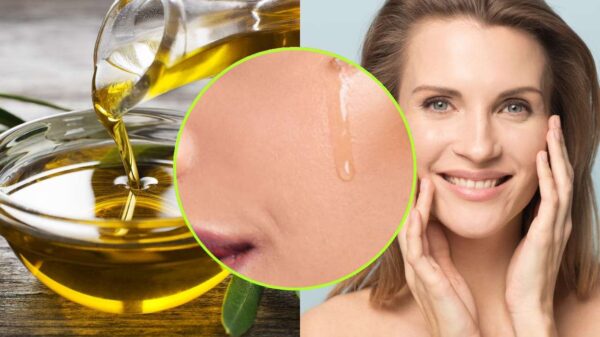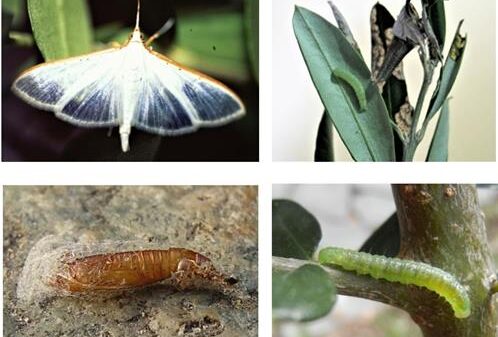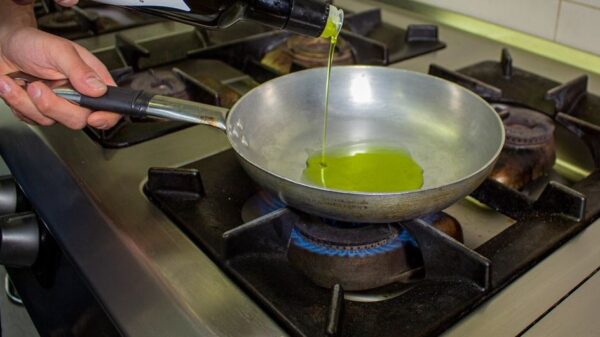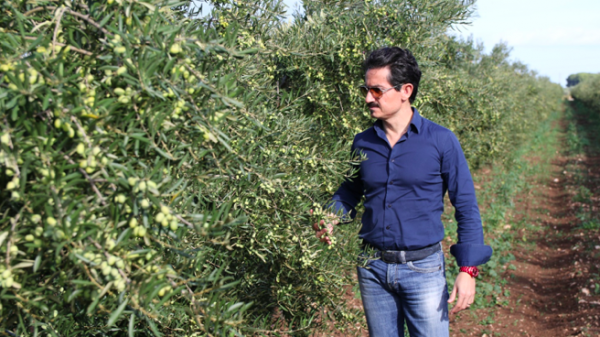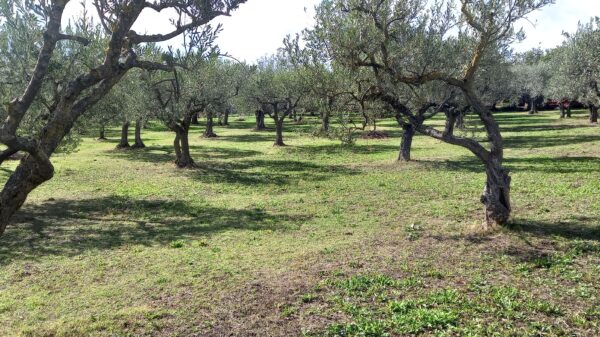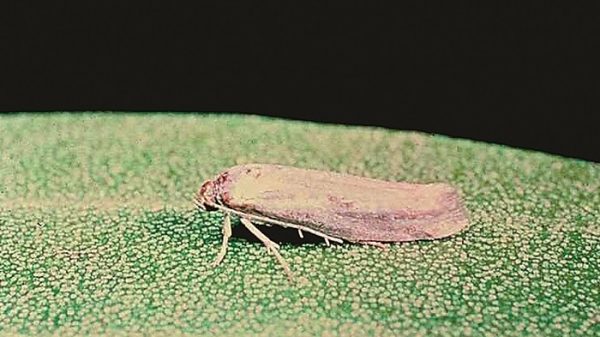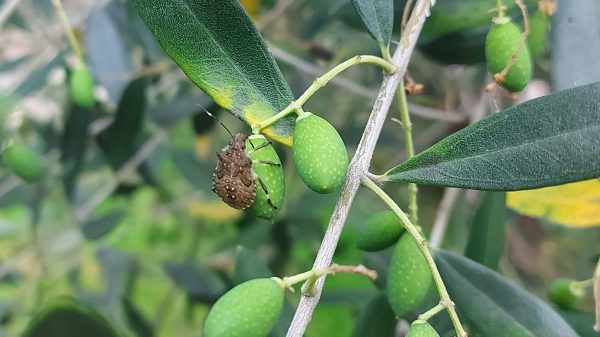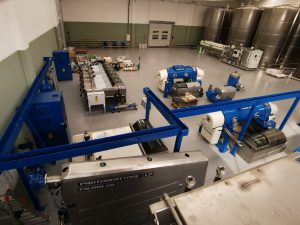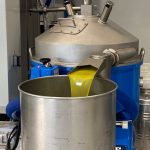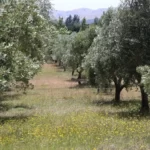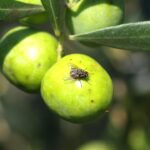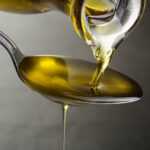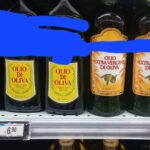Conservation agriculture techniques are nowadays essential to reduce soil and nutrient losses due to the continuous tillage of cultivated land. In modern olive groves, the presence of permanent grassing is therefore indispensable and the growing diffusion of the olive tree in the hills does not escape the need to create a sustainable management system with balanced growth of the olive tree and continuous soil cover.
The roots of the herbaceous plants of the grassing establish diversified communities alternating phases of exploration and colonization of new niches of soil with phases of abandonment which favor the accumulation of organic matter and regenerate the soil fertility for the olive tree.
In reverse in bare and continuously worked soils, organic substance is more rapidly mineralized e hospitality towards the newly formed roots of the olive tree it becomes more and more limited. To support the root development and support the growth of the aerial part without disturbing the natural grassing of the olive grove, a localized fertilization system has been developed at the Podere il Monte farm, in the Castrocaro Terme area located in the province of Forlì Cesena.
Fertilization with organic nitrogen fertilizer was applied in pairs of holes 20 cm in diameter, 100 cm from the trunk and 40 cm from each other. The treatments were repeated for two years, rotating the holes 90° around the trunk the second year. The test foresaw two treatments (2 holes and 4 holes per plant, respectively 100 and 200g of N per plant) and one control (not fertilized). The effect on the development of the aerial and root part was evaluated: thetrunk growth was greater in the treated plants compared to the control in both years, with a greater effect of double dose treatment (4 holes), with no negative impact on production. Root development analysis shows a greater presence of absorbent and pioneer roots of the olive tree and herbaceous species inside the fertilized holes compared to the outsidein both treatments. The treatment with a lower dose (2 holes) showed a greater number of absorbent roots compared to the control also outside the fertilized hole. So it seems that the olive tree takes advantage of localized fertilizations exploring the niches fertilized in coenoses with herbaceous species and that in some cases this growth can also function as "starter” for the occupation of unfertilized neighboring niches.
BIBLIOGRAPHY: Veronica Giorgi, Matteo Zucchini, Matteo Menna, Davide Neri – Marche Polytechnic University. V National Congress of the Olive and Oil



